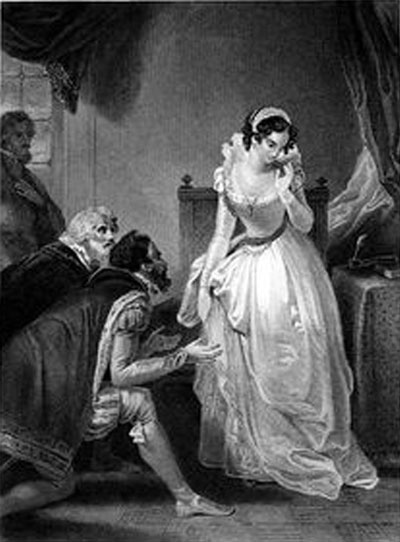Outside in the hot, stifling streets of London, the heralds go their rounds, proclaiming now, and in fullest voice, Jane Grey as Queen. Un-typically, there seems to be no great response. Few cry ‘God Save Her!’ and even fewer seem to be in the least bit interested. Perhaps it is the heat, the lethargy of the dry, dusty air that hangs so still within the narrow alleyways and streets. But as the afternoon drifts towards evening, the city takes on a restless and unsavoury atmosphere - an atmosphere that seems to permeate every crevice of every building, a heavy foreboding kind of heat that threatens more than just a storm. And as the crowds begin to gather in Cheapside, it becomes apparent that many among them, young, old, rich and poor alike, are most displeased.
Dudley’s scheming is obvious to all - Dudley, that most hated upstart and adventurer. His father, a tax collector, a man disgraced and reviled even by Henry the Eighth, he has with cunning and guile clawed his way back over the years, restored the family name to prominence, gaining favour, buying friends, bit by bit, to become first an Earl, then a Duke and now this: with nothing short of royalty itself within his sights. The sheer audacity of it! A budding tyrant in the making, already he has sent out his own troops to patrol the streets, and when one young vintner’s apprentice, whether in error or genuine disaffection, has the audacity to cry ‘God Save Queen Mary,’ he is arrested and nailed by his ears to the nearest pillory.
(Not the most auspicious of beginnings for poor Queen Jane.)

